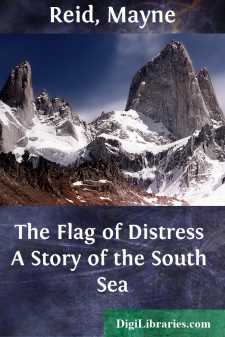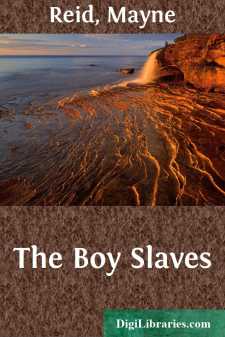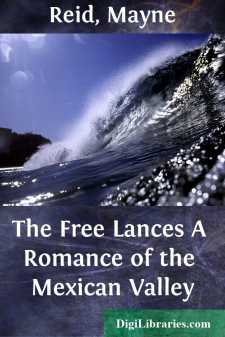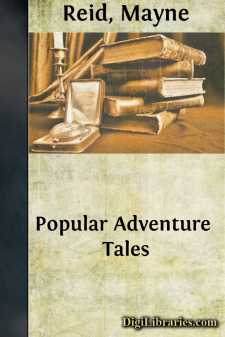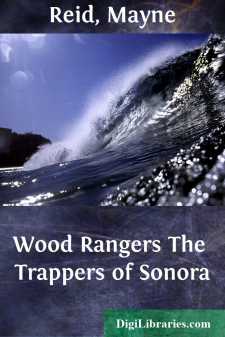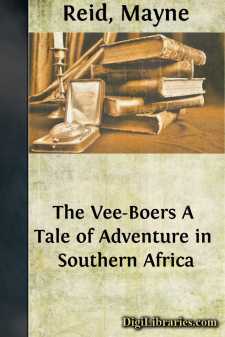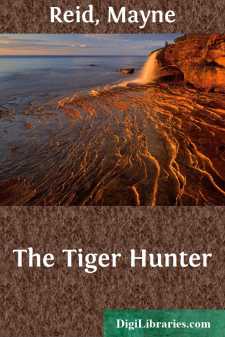Categories
- Antiques & Collectibles 13
- Architecture 36
- Art 48
- Bibles 22
- Biography & Autobiography 813
- Body, Mind & Spirit 142
- Business & Economics 28
- Children's Books 14
- Children's Fiction 11
- Computers 4
- Cooking 94
- Crafts & Hobbies 4
- Drama 346
- Education 46
- Family & Relationships 57
- Fiction 11829
- Games 19
- Gardening 17
- Health & Fitness 34
- History 1377
- House & Home 1
- Humor 147
- Juvenile Fiction 1873
- Juvenile Nonfiction 202
- Language Arts & Disciplines 88
- Law 16
- Literary Collections 686
- Literary Criticism 179
- Mathematics 13
- Medical 41
- Music 40
- Nature 179
- Non-Classifiable 1768
- Performing Arts 7
- Periodicals 1453
- Philosophy 64
- Photography 2
- Poetry 896
- Political Science 203
- Psychology 42
- Reference 154
- Religion 513
- Science 126
- Self-Help 84
- Social Science 81
- Sports & Recreation 34
- Study Aids 3
- Technology & Engineering 59
- Transportation 23
- Travel 463
- True Crime 29
The Flag of Distress A Story of the South Sea
by: Mayne Reid
Categories:
Description:
Excerpt
A Chase.
In mid-ocean—the Pacific. Two ships within sight of one another, less than a league apart. Both sailing before the wind, running dead down it with full canvas spread—not side by side, but one in the wake of the other.
Is it a chase? To all appearance, yes; a probability strengthened by the relative size and character of the vessels. One is a barque, polacca-masted, her masts raking back with the acute shark’s-fin set supposed to be characteristic of piratical craft. The other is a ship, square-rigged and full sized; a row of real, not painted, ports, with a gun grinning out of each, proclaiming her a man-of-war.
She is one—a frigate, as any seaman would say, after giving her a glance. And any landsman might name her nationality. The flag at her peak is one known all over the world: it is the ensign of England.
If it be a chase, she is the pursuer. Her colours might be accepted as surety of this, without regard to the relative position of the vessels; which show the frigate astern, the polacca leading.
The latter also carries a flag—of nationality not so easily determined. Still it is the ensign of a naval power, though one of little note. The five-pointed white star, solitary in a blue field, proclaims it the standard of Chili.
Why should an English frigate be chasing a Chilian barque? There is no war between Great Britain and this, the most prosperous of the South American republics; instead, peace-treaties, with relations of the most amicable kind. Were the polacca showing colours blood-red, or black, with death’s-head and cross-bones, the chase would be intelligible. But the bit of bunting at her masthead has nothing on its field either of menace or defiance. On the contrary, it appeals to pity, and asks for aid; for it is an ensign reversed—in short, a signal of distress.
And yet the craft so signalling is on the scud before a stiff breeze, with all sail set, stays taut, not a rope out of place!
Strange this. So is it considered by every one aboard the man-of-war, from the captain commanding to the latest joined “lubber of a landsman”—a thought that has been in their minds ever since the chase commenced.
For it is a chase: that is, the frigate has sighted a sail, and stood towards it. This without changing course; as, when first espied, the stranger, like herself, was running before the wind. If slowly, the pursuer has, nevertheless, been gradually forging nearer the pursued; till at length the telescope tells the latter to be a barque—at the same time revealing her ensign reversed.
Nothing strange in this, of itself; unfortunately, a sight too common at sea. But that a vessel displaying signals of distress should be carrying all sail, and running away, or attempting to do so, from another making to relieve her—above all, from a ship bearing the British flag—this is strange. And just thus has the polacca been behaving—still is; sailing on down the wind, without slacking haulyards, or lessening her spread of canvas by a single inch...!


